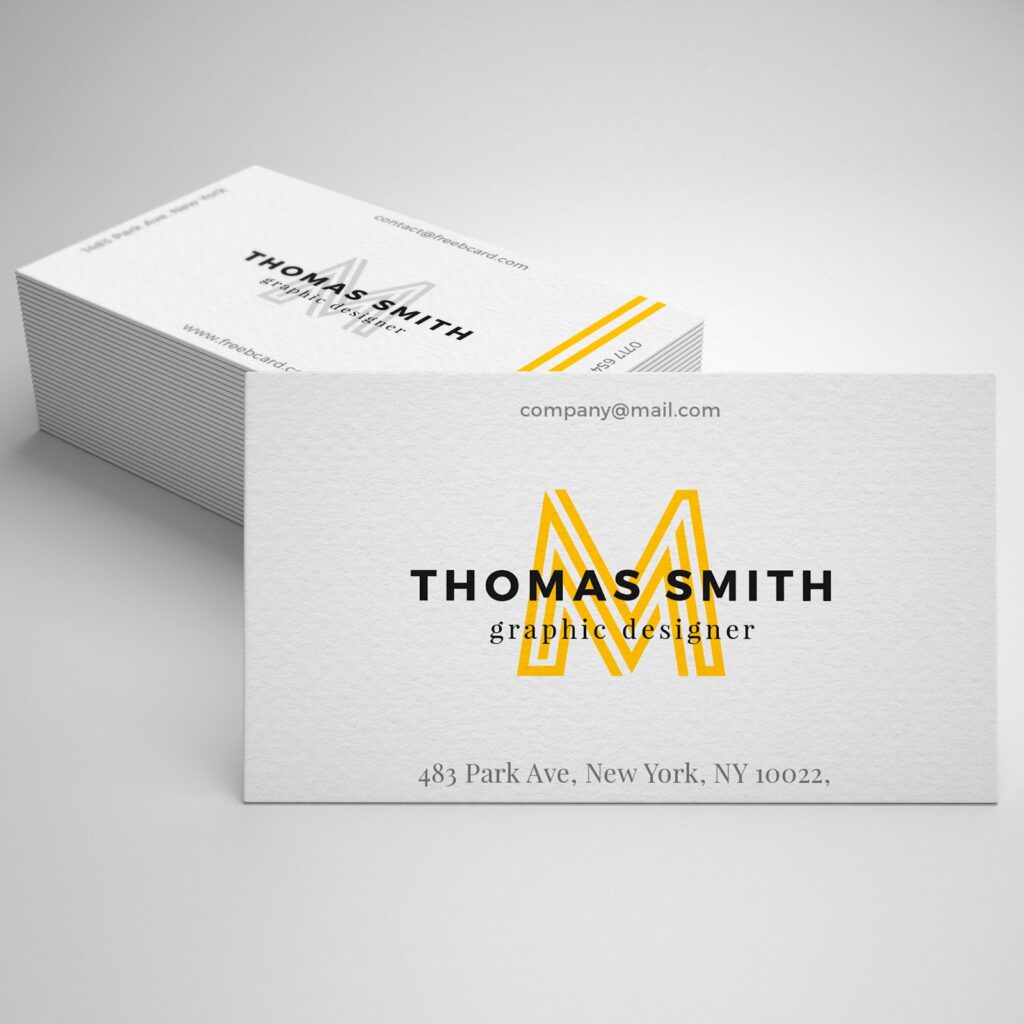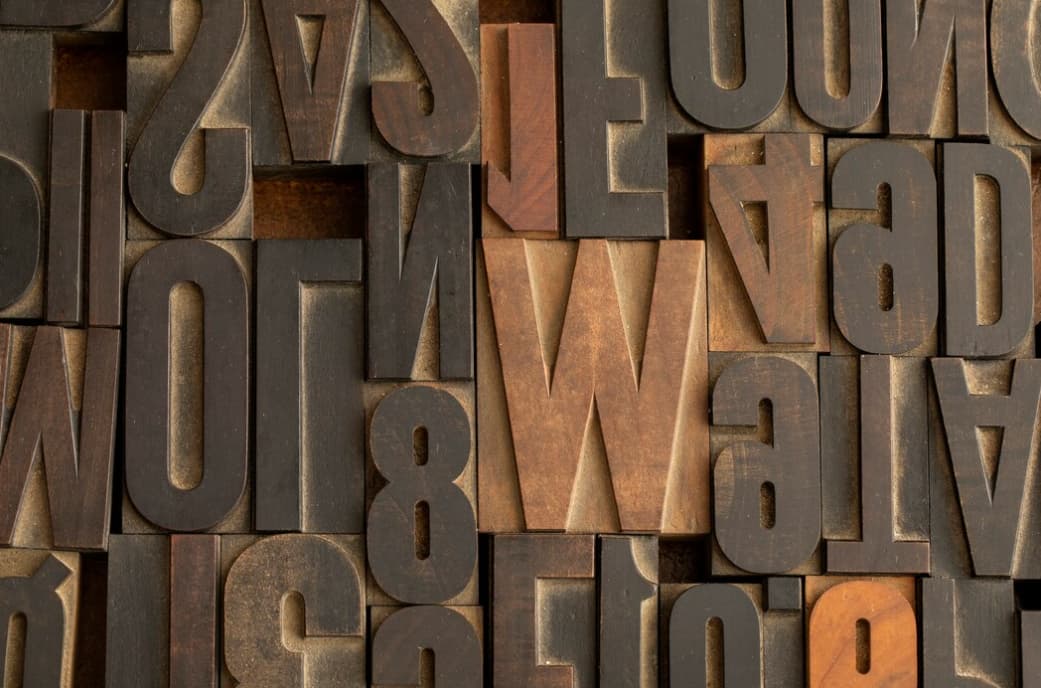In today’s fast-paced world, first impressions can make all the difference. One of the most essential tools in your professional arsenal for making a memorable first impression is the humble business card. A well-designed card not only conveys your contact information but also reflects your professionalism, attention to detail, and brand identity. However, creating the perfect business card involves more than just slapping your name and phone number on a piece of cardstock. In this article, we will explore the correct format for a professional business card, delving into the essential elements, design considerations, and tips to ensure it stands out in a sea of competitors. Whether you’re an established business owner, a budding entrepreneur, or a career professional, understanding the art of the business card can open doors and leave a lasting impression on potential clients and contacts.
Unveiling the Potency of Business Cards: A Guide to Retaining Positive First Impressions
Have you ever pondered the impression your business card leaves on individuals upon the first encounter? A fleeting moment is all you have to guarantee that your initial interaction with future business allies is memorable. A meticulously crafted, distinctive business card can be your foot in the door to leave a powerful and lasting impact. Forward-thinking entrepreneurs know the value of having the ideal business card readily available to present to prospective clients, encapsulating the most critical information about their enterprise. But a business card is more than just a device to pique people’s interest to reach out; it mirrors your ambition, your passion, and your professionalism.
Business cards are tangible vessels of information that embody all sizes, shapes, and sometimes, an extraordinary piece of artistry. Crafting an effective business card demands thoughtful inclusion of critical elements into a confined space, as these elements could dictate whether prospects would decide to interact with you or not.
To effectively project your brand’s ethos onto your business card, understanding your target demographics is paramount. Determining what information would resonate best with them, and best narrate the saga of your enterprise is a critical step. If opted for, images should be engaging, and textures and hues should align with your brand persona, rendering a unique identity that sets you or your business apart in a sea of competitors.
Business cards harbor the latent potential to form personal bonds and spawn leads. Our proficient team is committed to assisting you in maximizing the essence of your business card. We’ll aid you in identifying the crucial information that deserves a spot on your compact yet mighty card. Now, let’s deep dive into the perfect business card format:
Crafting an Impressive Business Card: Important Elements to Consider
Establishing Identity: The Brand Name
Your brand name is your business’s identity and it’s crucial to get it right on your business card. Consistency is key. If you’re known as ‘John’ in professional circles, despite ‘Fred’ being your legal name, it’s advisable to stick with ‘John’. This ensures a smooth networking experience and helps in building a solid brand image.
Creating a Visual Impact: The Company Logo
A company logo is the most recognisable element of a business. Before going ahead with your business card design, ensure you have an appealing logo in place. In case you don’t, consider seeking professional help. A fully-equipped agency like Creative Repute can craft a compelling logo to enhance your brand’s visual impact. For a deeper understanding of the significance of a well-designed logo, explore our blog titled, ‘The Power of A Professionally Designed Logo: Boosting Your Business.’
Encouraging Communication: Contact Information
Your business card should be a clear and concise communication guide for your clients. It should include your phone number and email address as a bare minimum. Adhering to professional standards, your phone number should be in the format +1 (215) 853-6468 and your email address should ideally be associated with your business website.
Remember, less is more. Avoid overwhelming your clients with multiple contact options. Ideally, your business card should feature only the most direct contact methods, eliminating the need for potential clients to navigate through operators or decide on the most appropriate email address.
For example, if you prefer to be contacted on your mobile device, make sure to highlight this information. Following your phone number, use indicators like © for cell phone number and (o) for office phone number.
In today’s digital era, clients may prefer reaching out via email. Thus, including your email address becomes critical, especially if your business necessitates constant communication and rapid responses.
Don’t forget to include your social media profiles and website. However, only include accounts that reflect your professional endeavors. Today, a business’s social media presence is a vital part of its customer relationship management.
While it’s essential to include your office address if you have a dedicated business location, it is not necessary to share a physical address if you operate virtually.
Smart Spacing: Making Every Inch Count
A business card should not look like a puzzle that needs solving. For maximum effect, refrain from overloading the card with excessive information. Employing a minimalist design with ample breathing space can accentuate essential details, making them shine. Incorporating clean, white space helps avoid a cluttered look, lending a crisp, professional aura to your business card. Though business cards might be compact, intelligently used space can enhance readability and ensure that your message is eloquently conveyed.

Unleashing Creativity: Making Your Mark
One prime objective of a business card is to manifest your individuality. By showcasing your creativity, you’re essentially opening a window to your professional persona. Creative elements associated with your role can be a fantastic asset to your business card. If you’re an artist, consider featuring a miniature version of a distinctive artwork. This technique gives your card a unique edge, making it instantly memorable.
Structuring Information: Crafting a Flow
The organization of information on your business card boils down to your intended call-to-action. Essentially, the layout should guide your prospective client towards the desired action seamlessly. Typically, the logo, brand name, and job title take precedence. Following this, consider your call-to-action: is it visiting your website, or a direct phone call or email? The response to this question should dictate the subsequent information on your card. Remember, the order of information invites innovation and should put the spotlight on the most crucial call-to-action.
We trust this guide has enriched your understanding of the art of card designing. At Creative Repute Design Agency, we aspire to transform your branding dreams into reality. Our versatile team of designers commands expertise in a wide range of fields including website design, promotional campaigns, social media engagement, brochure creation, design, product labeling, menu planning, character designing, and much more. Let’s collaborate to bring your brand to life!
Conclusion
In conclusion, a professional business card is a small but mighty tool that can greatly impact your networking and branding efforts. Its correct format goes beyond mere aesthetics; it reflects your professionalism, attention to detail, and commitment to making a positive impression. By following the guidelines outlined in this article, you can create that not only conveys your contact information but also showcases your unique identity and values.
Remember that the correct format for a professional business card includes essential elements like your name, job title, company name, contact information, and perhaps a QR code or social media handles. Additionally, consider design choices such as color, typography, and layout to align with your brand and industry. Lastly, always keep a stack of business cards on hand, ready to exchange at networking events, meetings, and chance encounters.





